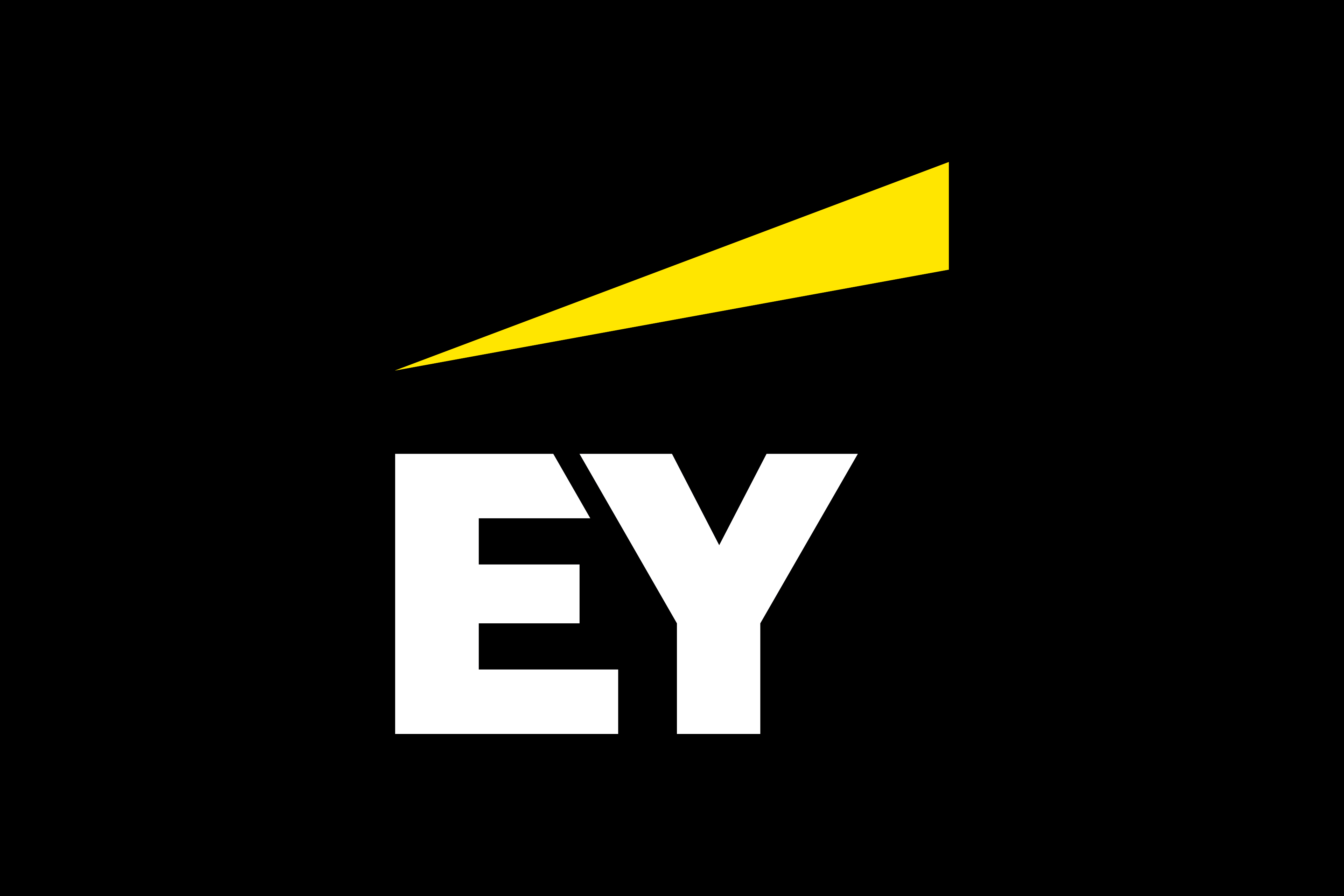EY refers to the global organization, and may refer to one or more, of the member firms of Ernst & Young Global Limited, each of which is a separate legal entity. Ernst & Young Global Limited, a UK company limited by guarantee, does not provide services to clients.

The SEAI’s recently released National Heat Study suggests that a major rethink of residential decarbonisation policy should be considered.
In brief
- The Climate Action Bill contains a target to bring 500,000 homes to B2 efficiency standard and install 600,000 heat pumps by 2030 at a total cost of €28 billion.
- SEAI’s National Heat Study suggests that 78% of houses could accommodate an air source heat pump without improving insulation levels.
- Moving away from the current approach would require major consideration but it may reduce costs and create opportunities for accelerated decarbonisation.
The most recently published figures for Ireland’s residential building carbon intensity¹ showed that Irish homes have been consistently been amongst the worst performers in the EU. While the Government has begun to roll out retrofit initiatives and policies aimed at reducing the combustion of solid fuels in a residential setting, total residential emissions have increased since 2015 and the residential sector emissions are 13% of national emissions.
The Climate Action Plan sets a reduction target of 2.5-3.5MtCO2 for the residential sector and a significant programme of activities to deliver this objective. Chief among these is a major residential retrofit programme to bring 500,000 homes to B2 standard and to install 600,000 heat pumps by 2030.

Delivery of residential energy efficiency targets in parallel with delivering the national housing plan could be a challenge. The Government is moving to address this by increasing the number of skilled workers through further training programme and other initiatives.
The cost of delivering 2030 targets is also significant, with the total expenditure to deliver all upgrades estimated by Department of the Environment, Climate and Communications to be in the order of €28 billion. This figure was arrived at using a deep retrofit cost range of €14,000-€66,000 per home and before the impact of recent construction inflation. While it is expected that homeowners would shoulder a significant portion of this, the Exchequer investment is still forecast to reach €8 billion. In addition to the costs, deep retrofit packages can also involve significant disruption for homeowners.
Heat pumps and residential retrofit
There is a clear rationale behind the Government’s current approach to residential decarbonisation that links fabric upgrades with heat pump deployment. Heat pumps operate much like a refrigerator in reverse, taking heat from the outside air and increasing the temperature before transferring to the dwelling’s heat circulation system. These have the unusually positive characteristic of achieving efficiency that is greater than 100%, typically in the range 250-350%. Heat pumps though operate best at lower temperatures and this means that they are not suitable for every building type. They are most effective where buildings are insulated to a high degree with significant thermal inertia. For a home in Ireland to be eligible for a heat pump grant today, the building must have attained a certain level of insulation (heat loss indicator or HLI). There isn’t a universally accepted view on what the HLI standard should be and new findings may challenge the current, relatively high HLI requirement.
National heat study
In January 2022, the Sustainable Energy Authority of Ireland (SEAI) published the results of its National Heat Study (NHS). This study considered the suite of options to decarbonise all heating and cooling in residential and commercial applications across the country. The NHS contains one very relevant finding in respect of residential decarbonisation that may soften the total impact on Government and household capital expenditure.
Based on the analysis undertaken by SEAI, installing a heat pump first means that fabric improvements have a longer payback. The study also estimates that 78% of residential stock would be technically suitable for an air source heat pump without additional insulation. The report suggests that there is a need to evolve the “fabric-first” principles of decarbonisation while caveating that this does not mean that improving building efficiency will not play a role in improved comfort, health and fuel poverty outcomes. If the findings of this report are accepted or borne out by further investigation it could have major potential implications for the development of public policy.
Who benefits from adoption of heat pumps?
The potential to reduce the burden of residential decarbonisation spending on both public and private finances is clear. In a recent interview with Bloomberg, Greg Jackson the CEO of UK supplier Octopus, said that he believes that his company will be able to reduce the installed cost of a heat pump from £10,000 today to below £6,000 sometime this year. There are other potential public policy gains in terms of security of supply and air quality to be had from moving from fossil fuels to heat pumps that run on electricity, particularly since the electricity mix is targeted to reach 80% renewables by the end of the decade.
There is another group that stands to gain significantly: electricity suppliers. Rapid adoption of heat pumps would create opportunities for electricity suppliers in a sector that is feeling the impact of rising wholesale energy costs. Heat pumps work best with smart meters and that combination would also allow innovation of services – optimising heat pump scheduling to reduce wholesale costs for end consumers.
With an average consumption of c.4MWh per annum, installing each residential heat pump is equivalent to doubling the size of that customer. Doubling the volume of a customer can have a big impact in a business where a large portion of costs to serve (billing, marketing and administration) are fixed.
Accelerating decarbonisation
The coming years are critical if Ireland is to make meaningful progress towards its decarbonisation targets. Curtailing residential retrofit will reduce economic opportunities for some SMEs, albeit there will still be scope to retrofit many homes and spending can focus on those most in need from a social and health perspective.
There are technical issues relating to a change from the fabric-first model that would need to be given major consideration, such as the impact on annual heating bills and the technical demands that this would place on the distribution power network. Completion of the smart metering programme would also be a key enabler without which it is hard to see the benefits being realised.
The National Heat Study does, however, present the possibility of a major opportunity for Government, homeowners and electricity suppliers to accelerate decarbonisation while reducing capital expenditure in parallel.
Summary
The SEAI’s National Heat Study contains findings in respect of residential decarbonisation which suggests that a major change in public policy could be appropriate. This could see heat pumps deployed in up to 78% of buildings without the requirement to undertake a costly fabric upgrade first. This approach would be radically different to what is currently envisaged but it merits consideration, given it has the potential to deliver rapid decarbonisation of residential heat at a lower cost for Government and households.
Related Articles
How Irish businesses can reduce carbon and drive sustainable value
Find out how a coherent strategy in responding to the challenges of climate action will help organisations position themselves for a just transition.
Why better understanding of the challenge is stifling climate action in Irish business
The EY State of Sustainability (SOS) report 2022 has revealed an increased level of appreciation among the Irish business community for the scale of the sustainability challenge facing them. However, it appears that heightened understanding has created a lack of confidence that the ambitious targets required to meet the challenge can be met.





